Using Data to Tell Compelling Philanthropic Stories
I love discovering great stories. And at the extreme “other” end of the spectrum is the frustration when I find it in a client, they know why they are great, but they don’t tell their own story very well.
I am in the midst of a campaign feasibility study. I was brought in by a good and respected friend/fellow professional because I don’t know them, their community, and that I will bring an objective perspective. But at the same time, I knew nothing about them. Nothing. But what I have found is amazing.
While they wrote the initial case statement, I am recommending big changes to it. All because of the data I found as did interviews. They are an organization whose outcomes (what they do) is literally “two standard deviations” better than comparable numbers/organizations. For those “non math nerds,” that is ENORMOUS. But nowhere in the case statement are these outcomes discussed. No where in the “prep” conversations were these “outcomes” deliberated.
Data can lead to tremendous storytelling...when you know your own data.
In the realm of philanthropy, where the aim is to create meaningful impact and inspire positive change, storytelling plays a pivotal role. However, the art of storytelling in philanthropy is increasingly being bolstered by the power of data. By leveraging data effectively, philanthropic organizations can not only showcase their achievements but also foster transparency, accountability, and informed decision-making.
Data serves as the backbone of compelling philanthropic narratives by providing concrete evidence of impact. For instance, numbers can illustrate the scale of a problem being addressed, such as children’s mental health issues or educational disparities in a community. Moreover, data-driven storytelling enables philanthropic organizations to track progress and measure outcomes accurately. Metrics such as the number of beneficiaries reached, improvements in quality-of-life indicators, or percentages of goals achieved provide stakeholders with clear evidence of effectiveness builds trust and confidence among donors, partners, and the community at large.
In practical terms, data allows philanthropists to identify trends and patterns that inform strategic decisions. By analyzing demographic data, socio-economic indicators, or geographical disparities, organizations can tailor interventions to meet specific needs effectively. This targeted approach not only enhances the efficiency of philanthropic efforts but also ensures that resources are allocated where they can make the most significant impact.
Here is the challenge…too much of the time, philanthropy doesn’t lean into data to get to the story… not just the emotion of helping a kid or person. Outcome based. Financial impact. Exponential monetary effect. Then layer in the emotion. Often, all too often, philanthropy offices may not even know that the “operations” side of the nonprofit has data regarding outcomes (as was the case with my client). And the “operations” side may have data that is used for one purpose (e.g. – compliance) without realizing that with a couple of small adjustments, it becomes amazing philanthropic impact through stewardship—or even open doors to new funders who don’t understand the organization.
Data lives with us all… individually and organizationally. Data may even be known and used for one purpose, but not leveraged for other philanthropic purposes. Leaning into asking what data exists, maybe looking at it differently, can be the difference maker for many nonprofit organizations.


